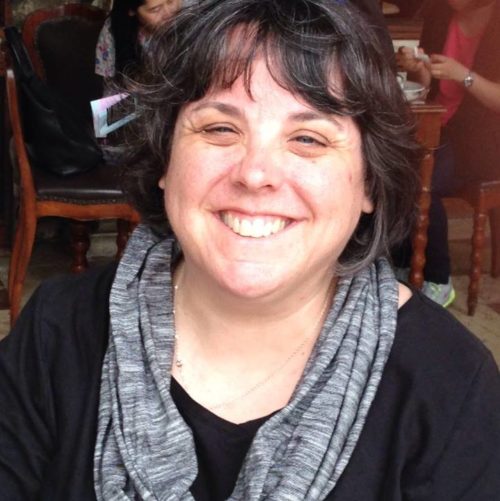One of the ways that spring begins to announce itself in West Michigan is that the Frederik Meijer Gardens and Sculpture Park–just voted #1 in America, by the way–hosts its annual “Butterflies Are Blooming,” an extravaganza of over 60 species of butterflies and moths emerging from their chrysalises and filling the lovely tropical section of the vast complex. It’s always extremely popular, but in years when it’s a more typical Michigan winter than it’s been this year, the warmth and rich hues are a real boost for young and old alike. But it never really gets old, no matter the weather. After all, Robert Frost called butterflies “flowers that fly and all but sing,” and their “song” is a real heralding of the Easter season, literalizing the transformation into new creation.
To celebrate the beginning of my spring break, then, a friend and I headed to the Gardens this past weekend. I’ve rarely attended so close to opening day, so the number of butterflies was truly impressive. A group of butterflies can be called a “swarm,” a “rabble,” a “flutter,” or a “kaleidoscope,” and as they swooped around us, I could imagine why together they evade a single, boring term like “herd” and instead, suggest so many different attitudes and ways of being. Of course, there were the monarchs and the swallowtails–gorgeous, to be sure; but what really struck us were the gangs of large, brilliantly iridescently blue creatures that flew all around us. Their color was simply breathtaking.
Given how many of them there were, it seemed odd, at first, that none of them seemed to be feeding at any of the fruit stations. My friend and I noted this to one another, but with limited knowledge of the feeding habits of butterflies, we didn’t think too much about it. Instead, as we progressed through the conservatory, each feeding tray was filled with many muted brown specimens, clearly designed for excellent blending with their woodland environment, enjoying the rotting pineapple and oranges.
Until, that is, one of these nut-brown butterflies let down its wings–and we saw again the incredible cerulean color that had been whirled around us. Unlike most of the other butterflies that were the same color on both sides, this was the Morpho peleides or the Common Morpho, containing Whitmanesque multitudes of both color and camouflage.
I’ve been an English professor too long to not immediately relish an example of what the poet Jane Kenyon called the “luminous particular,” to delight in this specific instance of seemingly contradictory beauty brought together in one fragile organism.
But “seemingly” is the key word here: after all, one rather obvious takeaway is how often we under-estimate or flatten out with our observations and interpretations. The fact that my friend and I were surprised that we were seeing the same butterfly tells me that, obvious or not, I need reminding of this complexity. Too many times, if something appears boring or drab, there’s no way that there could be flash or brilliance; if something appears flashy, it probably can’t survive in the real world. Every angle looks exactly the same, inner and outer. And yet, my morning with the Morphos reminded me again how often these assumptions are wrong–all the colors of the Morphos provide important advantages in their survival. They have been well-provisioned to thrive in their environment, wherever they find themselves. The flashes of both blue and brown signal again the necessity of a hermeneutic that always moves me towards what complicated creatures we all are
It’s curious to me that butterflies do not show up in scripture–the only mention is the destruction that comes from moths. That’s too bad because “consider the butterflies,” simple as it is, may be worth considering in these early days of March.
Outside wing of a butterfly. Photo by Shelby Cohron on Unsplash


3 Responses
Thank you, Jennifer. Never been to F.M. Gardens’ butterfly show, but maybe your quiet, yet piercing observations will prod us to go to the Niagara Butterfly Conservatory again–for the first time in years. It’s just down the road to the Falls and 20 minutes off. And goodness knows we need God’s gift of colour in this dreariest of hardly winters.
Jennifer, thanks for the inspiration to go and behold the wondrous creatures called butterflies.
How wonder-full! It’s so difficult to write aboutsuch staggering beauty. You evoked being amid the butterflies beauty beautifully.